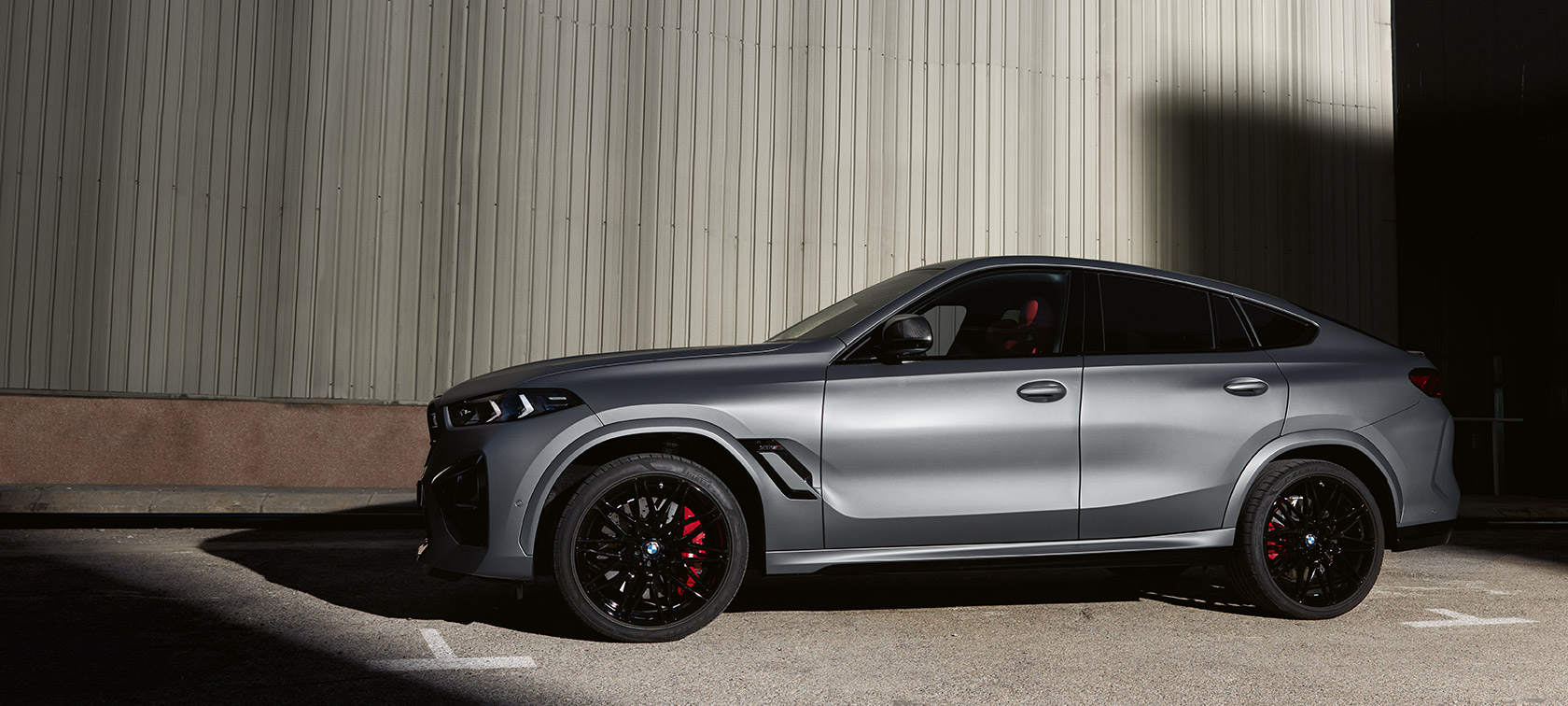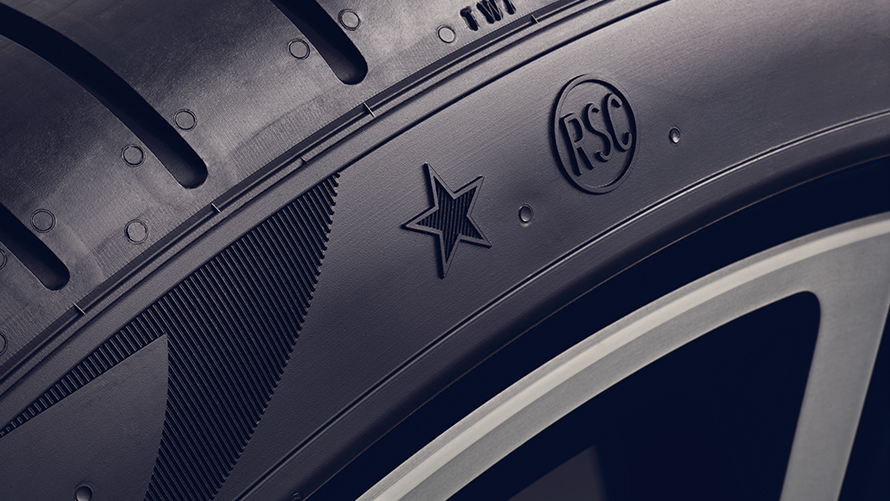Our tool for managing your permission to our use of cookies is temporarily offline. Therefore some functionality requiring you consent to use of cookies may be missing.

THE X6 M COMPETITION
BMW X6 M MODELS: DIMENSIONS, ENGINES & SPECIFICATIONS.
The BMW X6 M Models – engines, facts and dimensions.
BMW X6 M MODELS: TECHNICAL DATA.
| Fuel type | Petrol – 48 Volt Mild-Hybrid |
|---|---|
| Power in kW (hp) | 460 (625) |
| Torque in Nm | 750 |
| Gearbox | 8-speed, automatic |
| Drivetrain | All-wheel drive |
| technicaldata.row.electricPower | 9 (12) |
|---|---|
| Max. Torque (Nm) | 200 |
| Cylinder/ Valves per cylinder | 8 / 4 |
|---|---|
| Displacement in cm³ | 4,395 |
| Engine performance in kW (hp) | 460 (625) / 6,000 |
| Max torque(Nm) per 1/min | 750 / 1800 - 5800 |
| Maximum speed in mph | 155 |
|---|---|
| Acceleration 0–62 mph in s | 3.9 |
| Length/Width/Height | 4,948 / 2,019 / 1,695 |
|---|---|
| Wheelbase in mm | 2,972 / 12.8 |
| Ground clearance in mm | 212 |
|
|
| Weight not loaded in kg | 2,445 |
|---|---|
| Weight max in kg | 3,040 |
| Permitted load in kg | 670 |
| Permitted Axle load front/rear in kg | 1,440 / 1,670 |
| Allowed unbraked trailer load / drawbar load in kg | 750 / 140 |
| Luggage capacity in l | 580 - 1530 |
| Fuel Consumption charge sustaining combined | 22.4 - 22.1 |
|---|---|
| Fuel capacity in l | 83 |
| CO2 charge sustaining combined | 285 - 289 |
|---|
-
For Plug-in Hybrid vehicles these figures were obtained using a combination of battery power and fuel, for battery electric vehicles after the battery had been fully charged. Plug-in Hybrid and battery electric vehicles require mains electricity for charging. Figures shown are for comparability purposes. Only compare fuel consumption, CO2 and electric range figures with other cars tested to the same technical procedures. These figures may not reflect real life driving results, which will depend upon a number of factors including the starting charge of the battery, accessories fitted (post-registration), variations in weather, driving styles and vehicle load.
At temperatures below 0 degrees Celsius, purely electric driving mode of Plug-in Hybrid models will not be available until the battery has warmed up to an operational condition after the vehicle has travelled a few miles.

